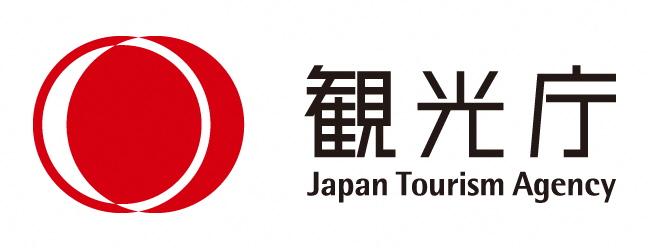NO 032
Kangiin Honbo Hall
本坊本堂
(250 words, Web + Pamphlet)
Kangiin Honbo Hall was completed in 1197 by founder Saito Sanemori’s son, who served as the head priest of Menuma Shodenzan Temple. The Honbo is used as the abbot’s residence.
Visitors can walk around the grounds, which include a small pond and topiaries. The building has intricate carvings from the Showa era (1926–1989) under the front gable and eaves. Under the curved gable, a carving portrays a hermit riding a ran, a mythical bird similar to a phoenix. The hermit is likely to be Baifuku (Mei Fu), a Daoist immortal. He was said to have been a governor in China during the Han dynasty (202 BCE–220 CE), who drank the elixir of immortality. Directly below this carving is a scene depicting a child breaking a large jar to free a friend who had fallen inside. It is an ancient Chinese allegory that reminds the viewer to remain calm in times of crisis, and that no matter how precious an object is, human life is always more valuable. The Honbo is the starting point for processions during the annual spring and fall festivals at the temple and is about 200 meters from the Shodendo main hall.
Kangiin Honbo Hall
本坊本堂
(250 words, Web + Pamphlet)
歓喜院本坊本堂は、1197年に、妻沼聖天山歓喜院の良応僧都であった、開祖斎藤実盛の息子が完成させました。 本坊は、僧院長の住居として使用されています。
参拝者は、小さな池と装飾庭園がある境内を歩くことができます。本坊本堂には、昭和時代(1926~1989年)に彫られた、前方の切妻と軒下の細かい彫刻があります。湾曲した切妻の下に、鳳凰に似た神話上の生き物、鸞(らん)に乗る隠とん者を描いた彫刻が施されています。この人物は、道教の不死身の神、ばいふく(冥府)だと考えられます。ばいふくは、不老不死の薬を飲んだ、漢王朝(紀元前202~紀元後220)時の中国の統治者の1人であったと言われています。そのすぐ下にあるのは、水瓶の中に誤って落ちた友だちを助けるため、大きな水瓶を割る子どもたちの様子が描かれた彫刻です。これは、危機においても冷静さを保つこと、そして、どんなに高価なものでも人の命には替えられないということを伝える中国の古い寓話です。本坊は、妻沼聖天山で毎年行われる春と秋の祭りの行列の開始地点で、聖天堂本殿から約200メートルの場所にあります。

- ※この英語解説文は観光庁の地域観光資源の多言語解説整備支援事業で作成しました。






